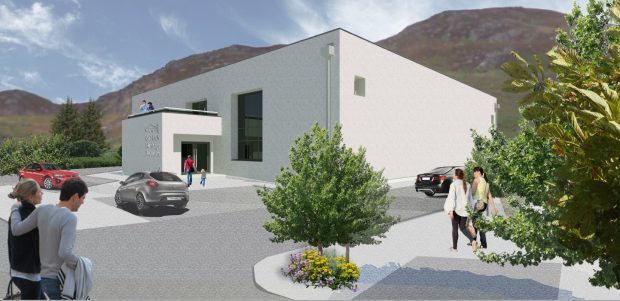A project to convert a disused Cold War bunker into a village heritage museum has received a huge funding boost of nearly £750,000.
Volunteers have run the Gairloch Heritage Museum for four decades, but the lease for its base in an old steading at Achtercairn expires in 2018.
Last year the group launched a plan to raise £1.2million to convert a former anti-aircraft operations room in the Wester Ross village into a replacement facility.
And, today, they received a £725,600 grant from the Heritage Lottery Fund (HLF) for their project Our Land, Our People, Our Story, which guarantees the long-term future of the museum’s collections and cultural activities.
Planning permission for the project was given six weeks ago and the replacement facility is due to open in early 2019.
The latest cash boost represents the second stage of lottery funding for the scheme.
The fully renovated building will house the museum’s collection of artefacts, manuscripts and publications documenting the history of the communities of Gairloch parish in the last 2,000 years.
The new museum will feature expanded displays and improved access to collections, as well as offer training opportunities for volunteers and, in partnership with UHI, for young people in the area.
The derelict bunker was built in the 1950s and is one of only four such structures left in Scotland.
It was built as part of a radar network covering the UK coastline and was designed to withstand bomb blasts.
However, it was never made fully operational and was adapted for use by the council’s roads department and as a standby emergency operations centre, although it is now no longer used by the local authority.
Roy Macintyre, chairman of GHM, said: “Our project is a very ambitious one for a community of our size, but is the only way to make the museum sustainable and keep it open, preserving our heritage for the future. The investment by Heritage Lottery Fund is a vital part of the total funding package for the project and we are now very hopeful of raising the remaining funds to start building a fabulous new educational and heritage resource for our community in the New Year”.
The existing museum has been managed and run by volunteers since 1977 and houses the first Pictish stone found on the West coast of mainland Scotland, and its Gaelic language and literature resources are highly valued by Gaelic scholars.
